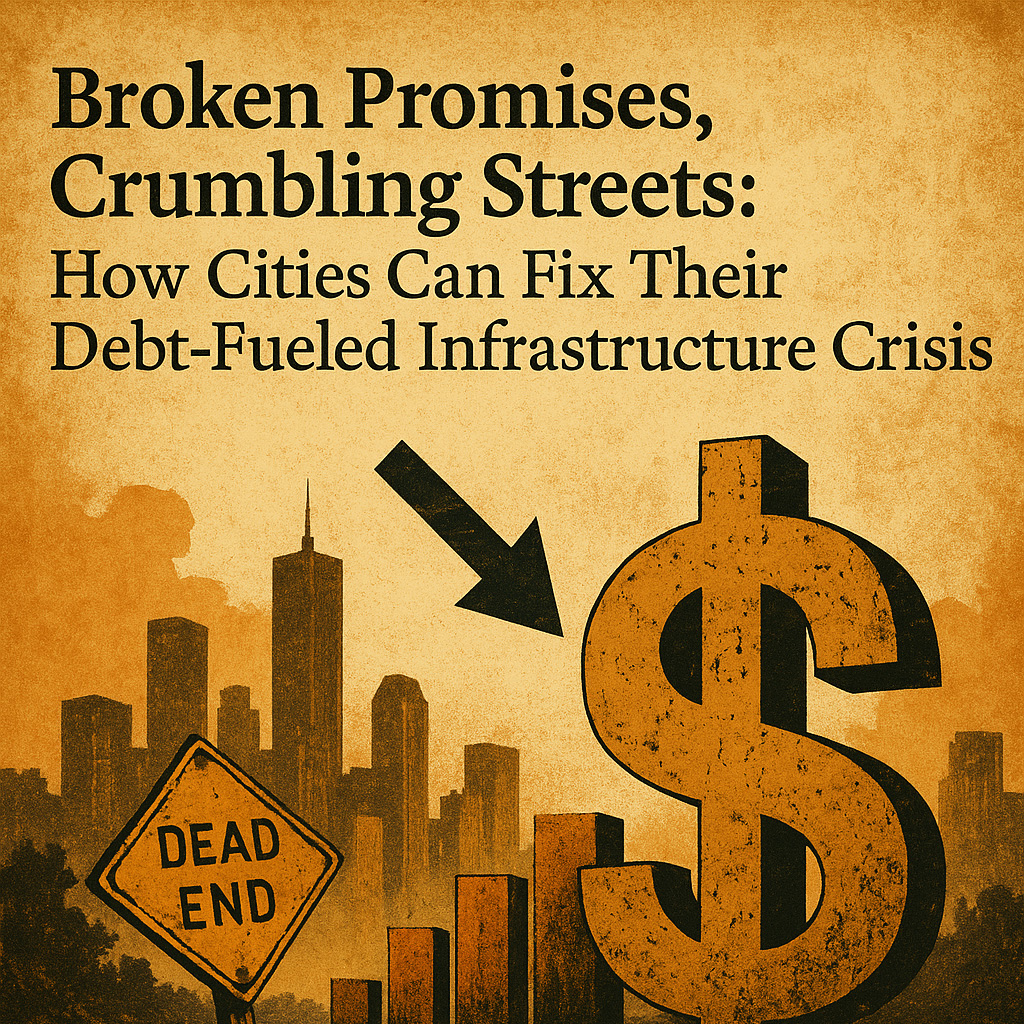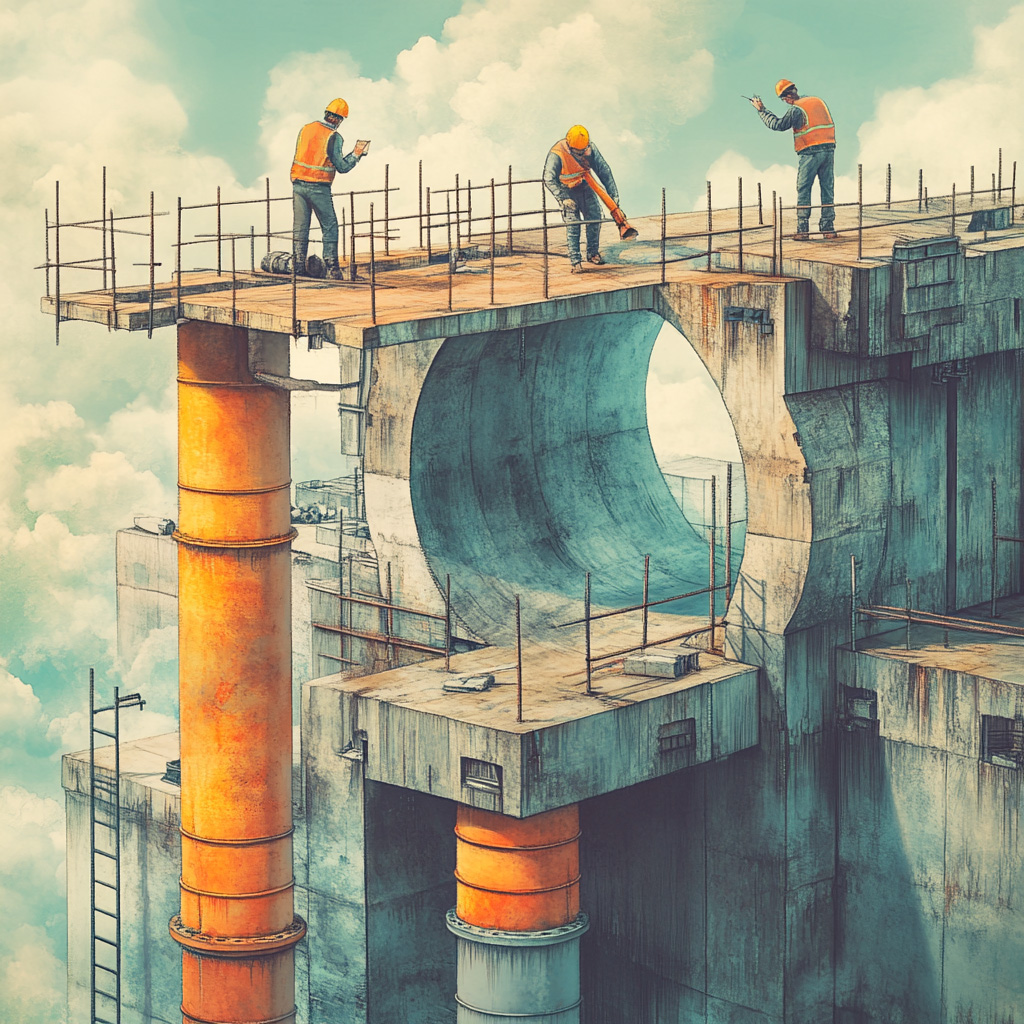The shortage of women in the construction industry is a significant issue that needs to be addressed. According to statistics from the Bureau of Labor Statistics, only about 10% of workers in construction are women. This underrepresentation can be attributed to various factors, including societal stereotypes and biases that discourage women from pursuing careers in this field. Additionally, there is often a lack of support systems and opportunities for women to enter and advance within the industry.
One of the main challenges faced by women in construction is the pervasive gender bias that exists within the workplace. Women often encounter stereotypes that undermine their abilities and limit their opportunities for growth. They may face skepticism or resistance from colleagues who question their competence or suitability for physically demanding tasks. This bias can create a hostile work environment where women feel isolated or undervalued.
Another challenge is the lack of mentorship and networking opportunities for women in construction. Without access to mentors who can provide guidance and support, it can be difficult for women to navigate their career paths effectively. Networking events and professional organizations are often dominated by men, making it challenging for women to establish connections and build relationships within the industry.
Furthermore, work-life balance is a significant concern for many women working in construction. The demanding nature of construction projects often requires long hours on-site or away from home, which can pose challenges for those with caregiving responsibilities or other personal commitments. The lack of flexibility in scheduling can make it difficult for women to maintain a healthy work-life balance, leading to burnout or the need to leave the industry altogether.
Despite these challenges, there are efforts being made to attract and retain women in construction. Many organizations and companies are implementing diversity and inclusion initiatives to create a more welcoming and supportive environment for women. These initiatives include mentorship programs, leadership development opportunities, and flexible work arrangements. By addressing the barriers that women face, these initiatives aim to increase gender diversity in construction and promote equal opportunities for all.
Challenges Faced by Women in Construction
The construction industry has long been dominated by men, with women underrepresented at every level. This lack of gender diversity poses significant challenges for women who choose to pursue a career in construction. In this section, we will explore the underrepresentation of women in the industry, the gender stereotypes and biases they face, the lack of support and mentorship available to them, and the prevalence of workplace harassment and discrimination.
Underrepresentation of Women in the Industry
Statistics reveal a stark reality – women make up only a small percentage of the workforce in the construction industry. According to data from the U.S. Bureau of Labor Statistics, as of 2020, women accounted for just 10% of workers in construction-related occupations. This underrepresentation is not unique to the United States; it is a global issue that persists across many countries.
There are several reasons behind this gender gap in construction. Historically, societal norms have dictated that certain industries, including construction, are more suitable for men due to their physical strength and perceived technical aptitude. As a result, young girls are often discouraged from pursuing careers in construction or are simply unaware of the opportunities available to them.
The impact of this underrepresentation goes beyond mere numbers. The lack of female representation hinders innovation and creativity within the industry. Diverse perspectives lead to better problem-solving and decision-making processes. Without adequate representation, valuable insights and contributions from women are overlooked.
Gender Stereotypes and Biases
Women working in male-dominated industries like construction often face pervasive gender stereotypes and biases that hinder their career advancement and opportunities for growth. These stereotypes perpetuate harmful assumptions about women’s abilities and reinforce traditional gender roles.
Common stereotypes faced by women in construction include beliefs that they are less physically capable than men or that they lack technical skills required for certain roles. These biases can manifest in various ways – from being assigned less challenging tasks to being overlooked for promotions or leadership positions.
To overcome these stereotypes, women in construction must challenge and debunk them through their actions and achievements. By excelling in their roles and demonstrating their capabilities, they can break down barriers and pave the way for future generations of women in the industry.
Lack of Support and Mentorship
Support networks and mentorship are crucial for professional development and career progression. Unfortunately, women in construction often face a lack of support and mentorship opportunities compared to their male counterparts. This can be attributed to several factors, including the scarcity of female role models and mentors within the industry.
Having access to supportive networks is essential for women in construction to navigate the challenges they encounter. Mentors can provide guidance, advice, and valuable insights based on their own experiences. They can also offer encouragement during difficult times and help women build confidence in their abilities.
Recognizing the importance of support systems, various initiatives and programs have been established to promote mentorship opportunities for women in construction. Organizations such as Women Construction Owners & Executives (WCOE) and National Association of Women in Construction (NAWIC) provide platforms for networking, mentoring, and professional development specifically tailored to women working in the industry.
Workplace Harassment and Discrimination
Workplace harassment and discrimination remain significant challenges faced by women in male-dominated industries like construction. The nature of these industries often fosters an environment where inappropriate behavior goes unchecked, leading to hostile work environments that disproportionately affect women.
Women may experience various forms of harassment or discrimination, including verbal abuse, sexual harassment, exclusion from important projects or decision-making processes, unequal pay, or limited career advancement opportunities. These experiences not only impact their well-being but also hinder their ability to thrive professionally.
Addressing workplace harassment requires a comprehensive approach that includes clear policies against harassment, robust reporting mechanisms, training programs on diversity and inclusion, and accountability measures for offenders. Companies must create a culture of respect and zero tolerance for harassment, actively promoting an inclusive work environment where women feel safe and valued.
Promoting Gender Diversity and Inclusion
In recent years, there has been a growing recognition of the importance of gender diversity and inclusion in the construction industry. Efforts are being made to attract and retain women in construction, create inclusive work environments, and promote equal opportunities for career advancement. By addressing these issues, the industry can benefit from a wider talent pool, improved decision-making processes, and increased innovation.
Efforts to Attract and Retain Women in Construction
Recruitment strategies targeted towards women have become increasingly prevalent in the construction industry. Companies are actively seeking to diversify their workforce by reaching out to women through job fairs, networking events, and partnerships with educational institutions. These initiatives aim to dispel stereotypes about construction being a male-dominated field and highlight the opportunities available for women.
Another important aspect of attracting and retaining women in construction is promoting it as a viable career option. This involves showcasing successful female professionals in the industry through mentorship programs, panel discussions, and media campaigns. By highlighting the achievements of women who have excelled in construction, young girls and women considering non-traditional careers can be inspired to pursue opportunities within the industry.
Flexible work arrangements and family-friendly policies also play a crucial role in attracting and retaining women in construction. Many companies have recognized that providing flexible schedules, parental leave policies, and childcare support can help alleviate some of the challenges faced by working mothers. By accommodating the needs of their employees, companies can create an environment where women feel valued and supported.
Importance of Creating Inclusive Work Environments
Creating inclusive work environments is essential for promoting gender diversity in construction. It involves addressing unconscious bias that may exist within organizations and ensuring that all employees are treated fairly and respectfully regardless of their gender. Training programs on diversity and inclusion can help raise awareness about unconscious bias and provide tools for overcoming it.
Inclusive work environments also foster collaboration among diverse teams, leading to better decision-making processes and increased innovation. When individuals from different backgrounds and perspectives come together, they bring unique ideas and insights to the table. This diversity of thought can lead to more creative problem-solving and ultimately improve the overall performance of construction projects.
Promoting Equal Opportunities and Career Advancement for Women
Promoting equal opportunities and career advancement for women is crucial in breaking down barriers in the construction industry. One key aspect is ensuring that women receive equal pay for equal work. Gender pay gaps persist in many industries, including construction, but efforts are being made to address this issue through legislation, transparency, and accountability.
In addition to equal pay, it is important to provide women with opportunities for career advancement. Leadership development programs targeted towards women can help them acquire the skills and knowledge needed to take on leadership roles within the industry. These programs can include mentoring, networking opportunities, and specialized training tailored to the unique challenges faced by women in construction.
Supporting women-owned businesses in the construction industry is another way to promote equal opportunities. By actively seeking out and partnering with women-owned subcontractors, suppliers, and consultants, companies can contribute to a more inclusive supply chain. This not only benefits individual businesses but also helps create a more diverse ecosystem within the industry.
Conclusion
In conclusion, women in the construction industry face numerous challenges but continue to break barriers and make significant contributions to the field. The shortage of women in construction is a pressing issue that needs to be addressed, as it not only limits opportunities for women but also hinders the industry’s growth and innovation. Efforts to attract and retain women in construction have been made, including initiatives that promote mentorship programs, provide networking opportunities, and offer scholarships specifically for women pursuing careers in construction.
Despite these efforts, there are still significant challenges faced by women in the industry. Gender bias and discrimination persist, with many women experiencing unequal pay, limited career advancement opportunities, and a lack of support from their male counterparts. The physical demands of the job can also pose challenges for some women, requiring them to prove themselves constantly and work harder to gain respect and recognition.
However, there are solutions that can help promote diversity and inclusion in construction. Companies can implement policies that ensure equal pay and opportunities for career advancement regardless of gender. They can also create inclusive work environments where all employees feel valued and respected. Education and awareness campaigns can play a crucial role in breaking stereotypes about gender roles in construction and encouraging more women to consider careers in this field.
Promoting gender diversity and inclusion is not just a matter of social justice; it is also essential for the success of the construction industry as a whole. Studies have shown that diverse teams are more innovative, productive, and better equipped to solve complex problems. By embracing diversity, companies can tap into a wider pool of talent and perspectives, leading to improved decision-making processes and ultimately better outcomes for projects.
In order to bring about industry-wide change, it is important for stakeholders at all levels – from employers to policymakers – to prioritize gender diversity and inclusion in infrastructure. This includes setting clear goals and targets for increasing female representation in the workforce, implementing policies that support work-life balance, providing mentorship opportunities, and fostering a culture of inclusivity. By working together, we can create an environment where women in construction can thrive and contribute their unique skills and perspectives to the industry.
In conclusion, by addressing the challenges faced by women in construction and promoting gender diversity and inclusion, we can create a more equitable and successful industry. It is time for the construction sector to recognize the valuable contributions that women bring and take proactive steps towards creating a more inclusive future. Let us break down the barriers that hold women back from pursuing careers in construction and build an industry that truly reflects the diverse world we live in.
At Front Line Advisory Group, we are pioneers in Capital Improvement Bond Management, leveraging unparalleled expertise and deep industry insights. Our mission extends beyond consultation – we empower our clients to realize the full potential of their investments, ensuring tax dollars are put to maximum use through astute Program Management Consulting. For more information or to commence your journey towards transformative bond management, reach out to us at info@frontlineadvisorygroup.com
https://www.wsj.com/us-news/help-wanted-women-to-fix-americas-infrastructure-f7671df6













